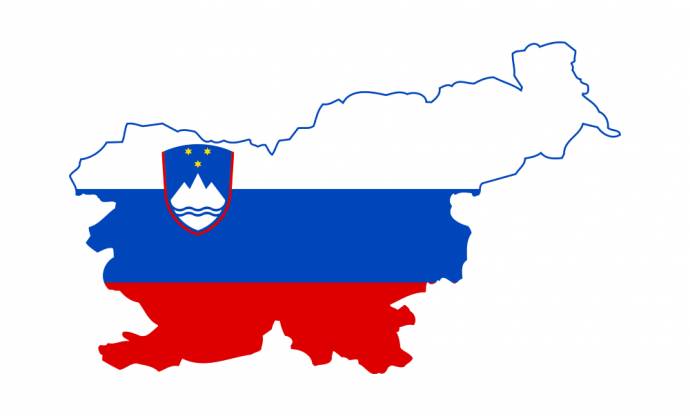Such measures would be adopted to allow Slovenia to continue effectively protecting its border, which is also the external Schengen border, Šefic told his Montenegrin counterpart Dragan Pejanović in a phone conversation on Friday.
The officials determined that both countries were facing an uptick in migrations along a new migration route leading from Albania into Montenegro, Bosnia, Croatia and Slovenia.
They discussed activities that are currently under consideration in Slovenia, which will be amended with proposals from countries in the region, the Interior Ministry said.
"We have to realize that close cooperation of countries in the region ... is the only way to effectively manage the migration pressure. It is important that every country is aware of its duties and obligations, and that it honour bilateral agreements."
Šefic said that the EU should support the efforts of the countries in the region, for example by financially supporting the accommodation of migrants and, if needed, help national security forces with Frontex assets.
The phone talk with Pejanović - Šefic, Slovenia's point man on migrations, was originally scheduled to travel to Montenegro - is a part of increased Slovenian efforts to stop the new migration route through the Balkans.
Šefic already completed a tour of the Balkans in late April in an attempt to coordinate measures among countries in the region.
The number of illegal border crossings into Slovenia rose by about 300% so far this year, with police catching 1,567 migrants through 14 May.
The increase in migrations comes at a politically sensitive time, as Slovenians head to the polls in two weeks in an election that is already dominated by fear of a new surge in migrations.







